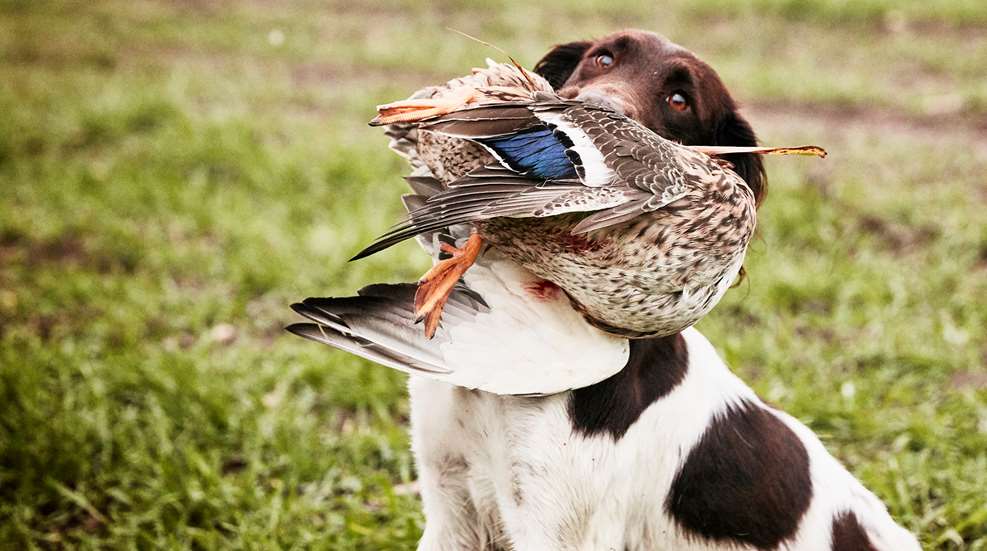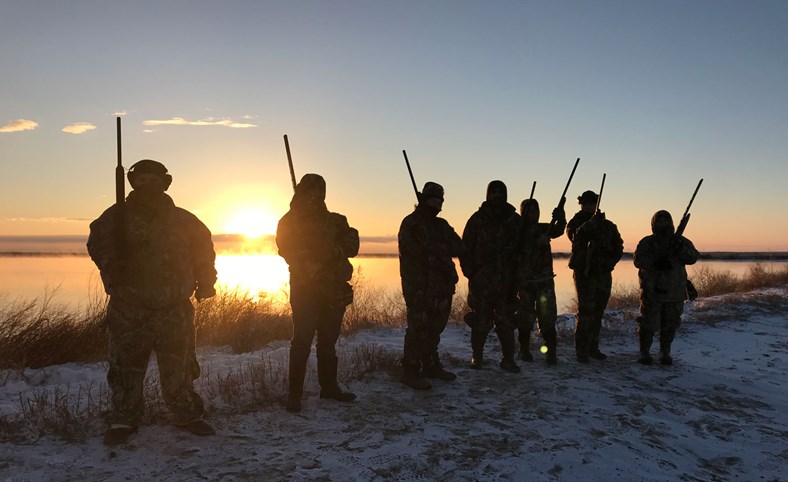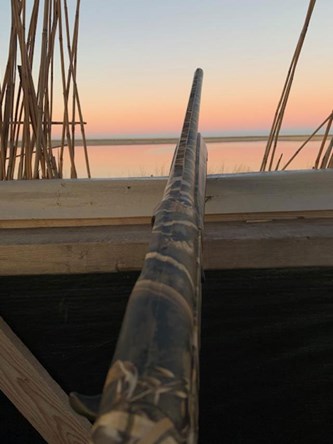
Waterfowl season is a big deal. Especially in Texas, waterfowl hunting is a social gathering where hunters get together and have fun. People have cookouts and barbecues that might even conclude in a big party with music and dancing. However, amidst all the fun, it’s important to stay legal and hunt ethically.
Waterfowl are considered migratory game birds, so they are state and federally protected. This means that you can be checked by state game wardens and federal game wardens. State regulations vary from state to state but the federal regulations regarding waterfowl hunting are the same in every state. Be sure to check the laws in your specific state to make sure that you are in compliance.

Federal Laws
There are three primary categories of federal laws that relate to waterfowl hunting. The laws regulate daily bag and possession limits , firearms and how waterfowl are hunted. Waterfowl are ducks and geese. These include ducks, coots, mergansers, light geese and dark geese. The federal laws are mirrored in the state you are in, so there is uniformity between the state and the feds.
Daily Bag and Possession Limits
Each state sets their limits in an agreement with the U.S. Fish and Wildlife Service (USFWS). This way there are not two different bag limits within each state. There is normally an established daily bag limit and an established possession limit. The daily bag limit is the maximum number of waterfowl that you can take per day. The possession limit is how many ducks or geese you are allowed to possess over a certain number of days. For example, your daily bag limit may be five ducks, but your possession limit might be 15 birds. These regulations are for those who might be spending the weekend hunting waterfowl.
Ducks, coots and mergansers have their own limits in aggregate, and geese have their own limits in aggregate. Aggregate means any combination of waterfowl in these two categories. It is important to remember that any game that you shoot and cannot recover is legally part of your daily bag or possession limit.

Federal Duck Stamp
All individuals hunting waterfowl, 16 years of age and older, must have a current and valid federal waterfowl stamp. Waterfowl stamps can be purchased where you purchase your hunting license or at certain United Sates Post Offices.
Legal Shotguns
The next area to comply with is to be in possession of a legal shotgun while waterfowl hunting. According to each state’s law and the USFWS, a legal shotgun is one that is only capable of holding three shells. That means two in the magazine and one in the chamber. If you are using a single shot, an over-and-under or a side-by-side, this is not an issue. If you are using a pump action or a semi-automatic shotgun, this is accomplished by inserting a plug into the shotgun’s magazine, limiting the number of shells to two. A lawful plug is one that can only be inserted or removed by disassembling the shotgun. Lastly, legal shotguns cannot be larger than 10 gauge.

Non-Toxic Shot
All waterfowl must be hunted with non-toxic shot. Non-toxic shot includes, but is not limited to, steel, tungsten and bismuth. It is important to remember that when you are waterfowl hunting, you cannot be in possession of any lead shot. For example, if you were hunting dove the previous weekend and you forget to remove all the lead shotshells from your bag or shell pouch, you would be in violation.
Species Identification
All waterfowl taken must have one fully feathered wing attached until reaching its “final destination.” “Final destination” means when your game is no longer transported by vehicle. This includes your place of residence or hunting camp if the bird is eaten on location. From the fully feathered wing, a game warden can tell the species, if it was a hen or drake and any other information needed to determine if a violation occurred.
Legal Shooting Hours
Legal shooting hours are from one half hour before sunrise to sunset.
Using Live Birds as Decoys
The use of any live bird, either wild or domestic, is illegal. This means you cannot down a bird and leave it on the ground, live or dead, with the intentions of hunting over it. This could also include hunting around a chicken coop if the chickens are not concealed and feed is present.
Electronic Amplified Bird Calls
All electronic calls or amplified calls are illegal. All calls must be from a handheld, mouth blown device.
Hunting From a Motorized Vehicle
It is illegal to hunt from a motorized vehicle. Most hunters would consider it unethical to hunt birds from a moving vehicle. The exception is a blind or other type of concealment from a floating platform or motorboat. The exception is that the platform or motorboat cannot be underway and must be secured so that it does not move. For example, if you use a motorboat as a blind, anchor the bow and the stern so that it does not swing in the wind. Motorboats can be operated to retrieve a bird, but you cannot shoot a crippled or wounded bird while the boat is underway.
Using a Motorized or Sailing Vehicle to Rally Birds
This is a method of driving through one end of the field to drive the birds to the hunters. This would include a farmer discing a neighboring field and you are taking advantage of the concentrating, driving, rallying or stirring up of migratory birds.
Hunting Over a Baited Field
The third area regarding waterfowl hunting is the prohibition of hunting over a baited field. This is also the most controversial. It is clear that if you walk out in the field and spread corn, wheat, milo, eggshell, oyster shell or another attractant, you are baiting a field. But it is also illegal to hunt a field that is not baited if the neighboring landowner baited his if it can be determined the waterfowl were drawn over your field. You could be liable even if you did not know the neighbor baited his or her field. More common and unintentional violations occur when you have a deer feeder on your property or just a bird feeder near your house. If it can be determined that these feeders are drawing waterfowl, you are in violation. Also be aware that, if there is a pond with an automatic fish feeder, the feeder must be turned off for 10 days before you can hunt over the pond.
Note: During the “Light Goose Conservation Order,” also known as the “Conservation Season,” certain regulations are suspended. During this light geese season, (1) There is no daily bag or possession limit. (2) The use of electronic calls is permitted. (3) Unplugged shotguns capable of holding more than three shells are legal. (4) Shooting hours will be one half hour before sunrise to one half hour after sunset.














































